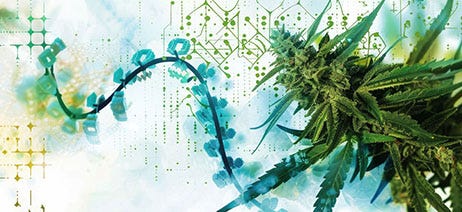
What Is CBC, a Cannabinoid
CBC (cannabichromene) is one of the hundreds of cannabinoids found in the cannabis plant. It may not be as well known as its cousins CBD and THC, but it’s a fascinating, non-psychoactive compound that’s being studied for such possible benefits as pain relief and mood management.
In this article, you’ll learn all about CBC cannabis, including:
- What is CBC?
- How Does CBC Work?
- What Are the Potential Benefits & Effects of CBC?
- How Is CBC Different From Other Cannabinoids?
- How Do You Use CBC?
- Frequently Asked Questions About CBC
What is CBC?
CBC is a lesser-known cannabinoid, but it’s actually the third most abundant cannabinoid found in cannabis plants.1 It was discovered in the 1960s, although it was initially mistaken for CBD because of their similar chemical structures. CBC is also non-psychotropic, meaning it doesn’t produce a “high” like THC.2
Interestingly, CBC is found and stored in the capitate-sessile trichomes of the cannabis plant, which are the small, sticky structures on the surface of cannabis flower and leaves. It begins as cannabigerolic acid (CBGA), converts to cannabichromenic acid (CBCA), and finally turns into CBC. This process occurs naturally over time through exposure to light, called decarboxylation.3
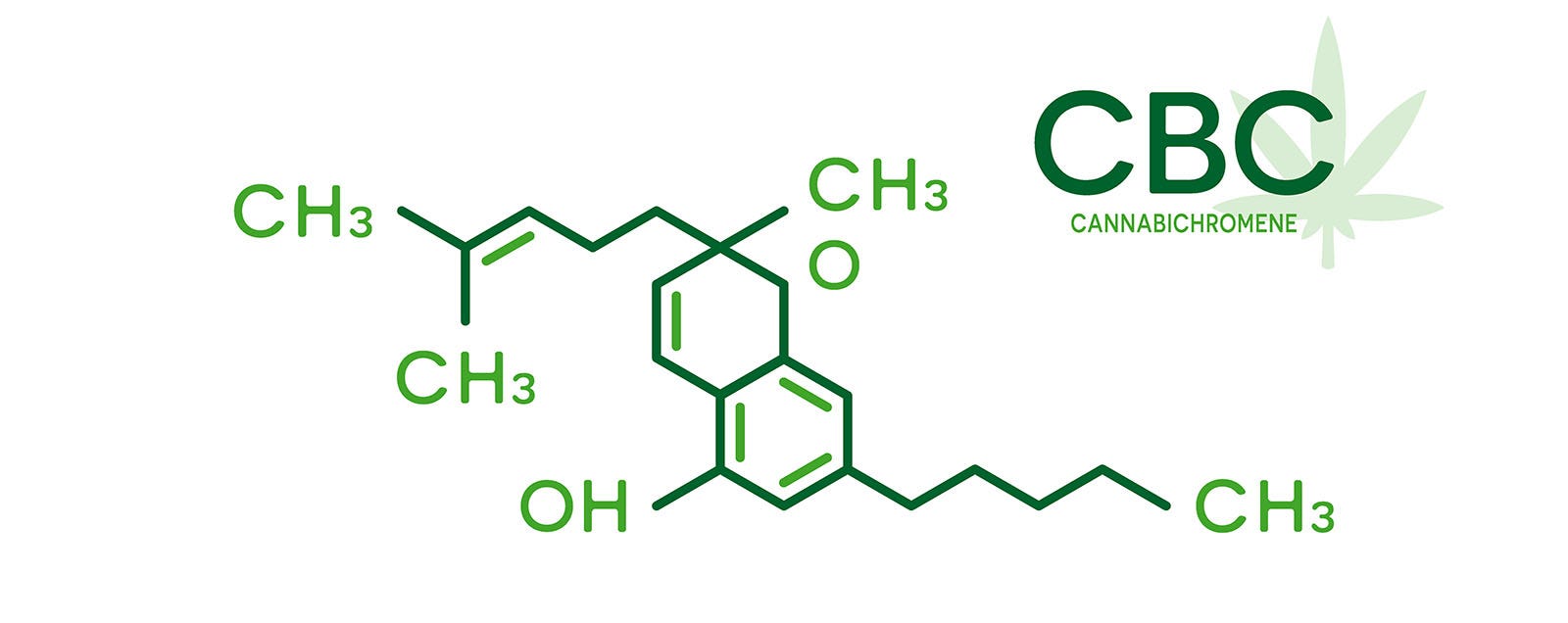

CBC is an appealing option if you want to experience the potential benefits of cannabis without the intoxicating effects. Although it often flies under the radar, CBC plays a vital role in the overall effects of cannabis, especially when combined with other cannabinoids in the entourage effect.4
How Does CBC Work?
What makes CBC different from other cannabinoids is the way it works with the body’s endocannabinoid system. THC produces psychoactive effects by binding to the CB1 receptor. However, CBC interacts with other receptors in your body, including TRPV1 and TRPA1, both of which help regulate pain and inflammation.2 This interaction helps explain why CBC has been studied for its potential to help with pain management and to reduce inflammation without causing a “high.”
CBC also contributes to the entourage effect, working in synergy with other cannabinoids like THC, CBD, and CBG to enhance the overall therapeutic benefits of cannabis. The entourage effect suggests that cannabinoids are more effective when they are combined than when they are used individually, and CBC plays a vital role in this process.5
What Are the Potential Benefits & Effects of CBC
Research on CBC is still in the early stages, but there may be several promising findings regarding its potential health benefits. CBC may interact with the body’s endocannabinoid system to increase levels of anandamide. This natural endocannabinoid helps regulate mood, pleasure, and pain.6
Here are some of the possible therapeutic benefits and effects of CBC:
- Anti-inflammatory properties: CBC may help reduce inflammation, which can help with arthritis or inflammatory bowel disease.7
- Pain relief: Some studies suggest CBC may have analgesic (pain-relieving) effects, mainly when used in combination with other cannabinoids.8
- Mood improvement: By increasing anandamide levels, CBC may help elevate mood and potentially reduce symptoms of depression.9
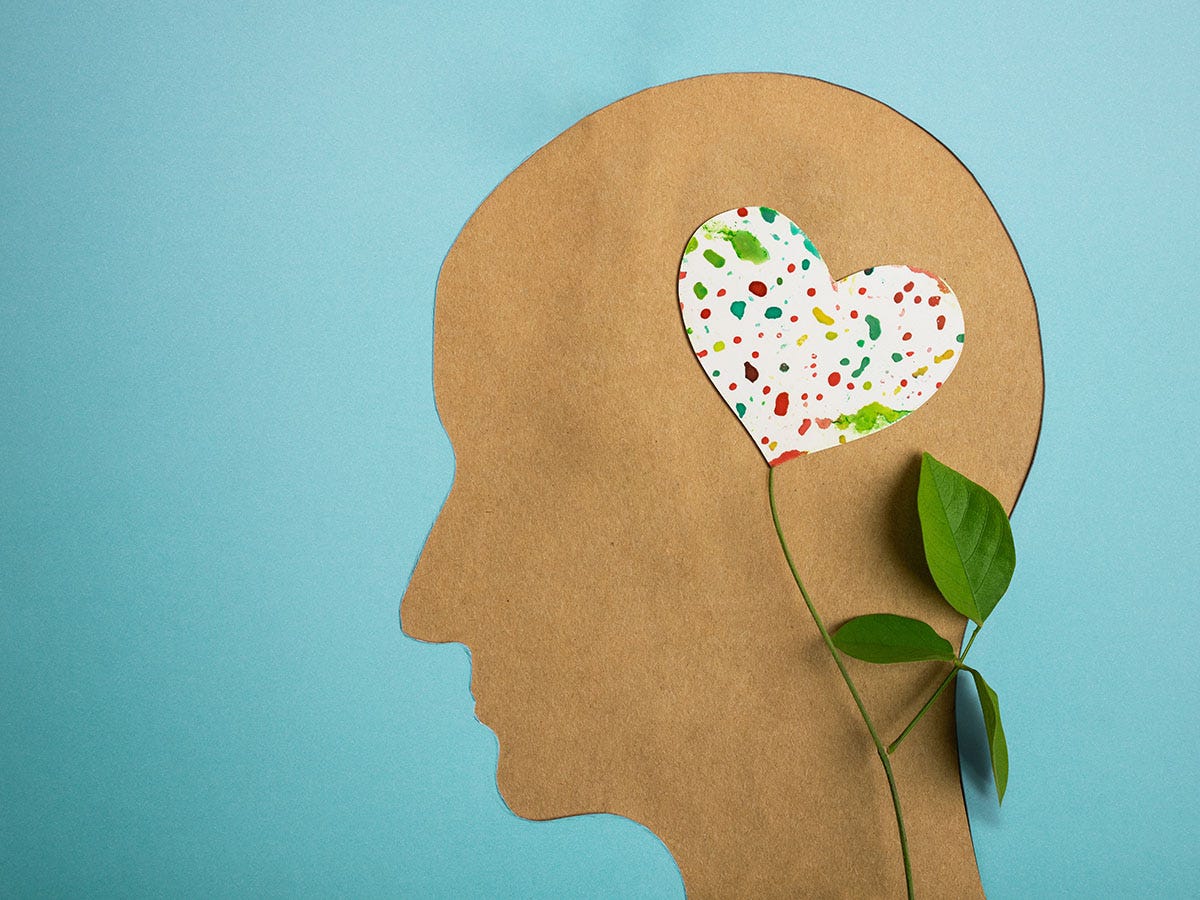
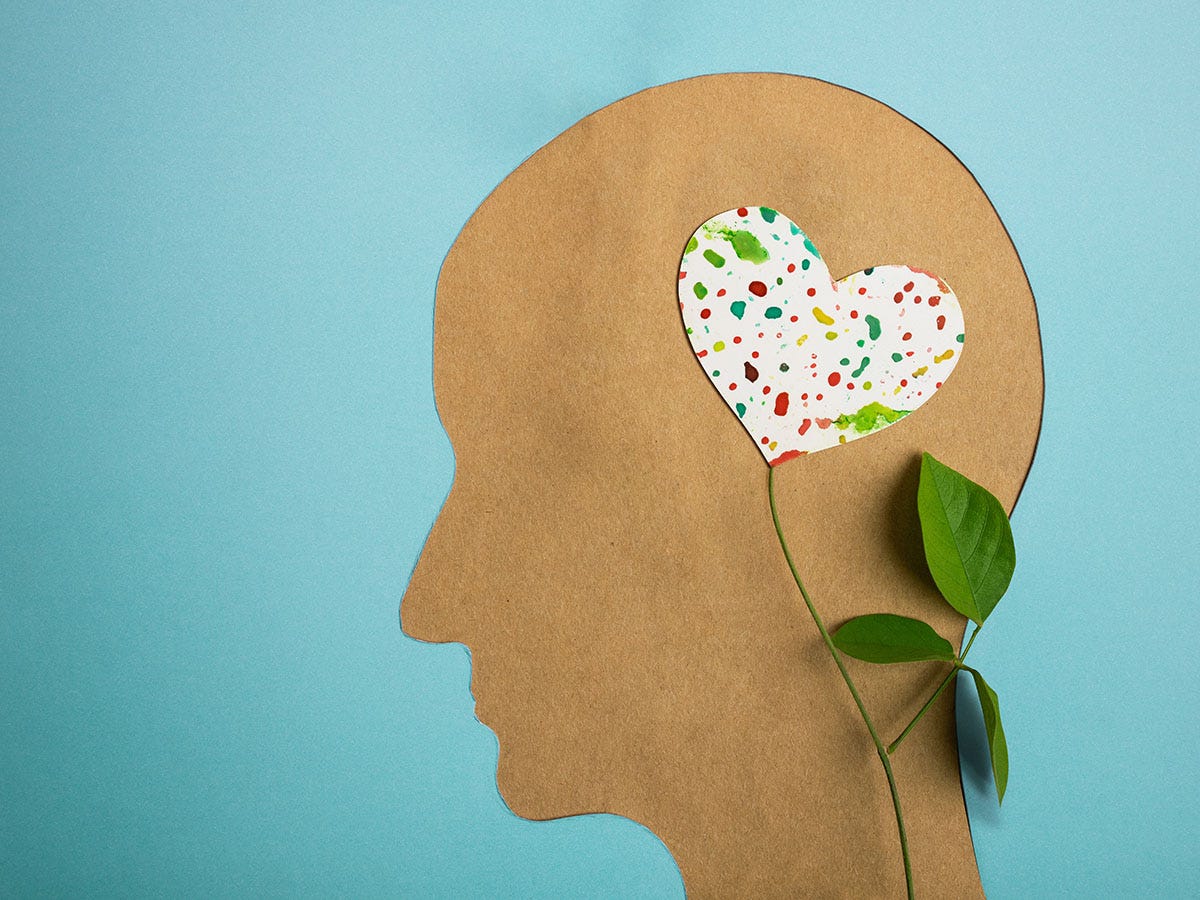
How Is CBC Different From Other Cannabinoids?
Although CBC is chemically similar to other cannabinoids, its effects are unique. Here’s how it compares to THC, CBD, and CBG:
CBC vs THC
THC is well-known for its psychoactive properties, but CBC is non-psychotropic, meaning it won’t get you “high.” THC binds to the CB1 receptor in the brain, which is what causes its intoxicating effects. On the other hand, CBC works with different receptors in the body.
CBC vs CBD
CBC and CBD share many similarities, such as their non-psychotropic nature and potential anti-inflammatory effects. However, CBC may be better for potentially boosting your mood and relieving pain because of how it interacts with anandamide. Another significant difference is CBD is more widely studied and used, but CBC requires more research to fully understand its potential.10
CBC vs CBG
CBG (cannabigerol) is often called the “mother cannabinoid” because it’s the precursor to many other cannabinoids, including CBC. While both of the cannabinoids are non-psychotropic, CBG is more associated with its potential antibacterial properties, while CBC may be better for helping with mood and inflammation. CBG and CBC work well together within the entourage effect.11
How Do You Use CBC?
Like other cannabinoids, CBC can be consumed in various ways. The best method for you depends on your preferences and the product’s availability. Here are some of the most popular ways to use CBC:
- Strains high in CBC: Some cannabis strains are naturally high in CBC, making them an easy option if you want to try this cannabinoid and experience CBC effects.
- CBC oils: These oils are becoming more popular. They are often used in tinctures or capsules for hassle-free consumption.
- Gummies: You can find CBC in gummies—a tasty and easy way to include cannabis in your wellness routine.
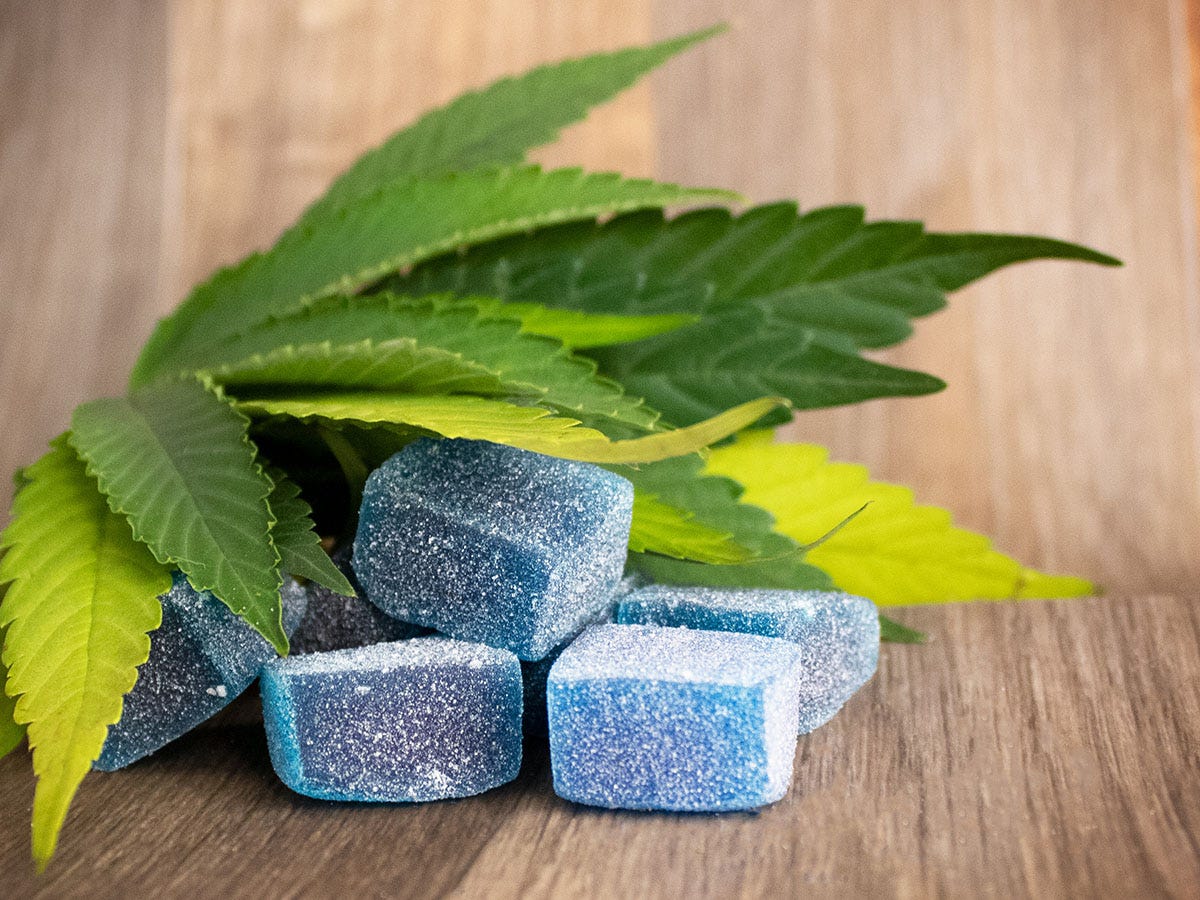
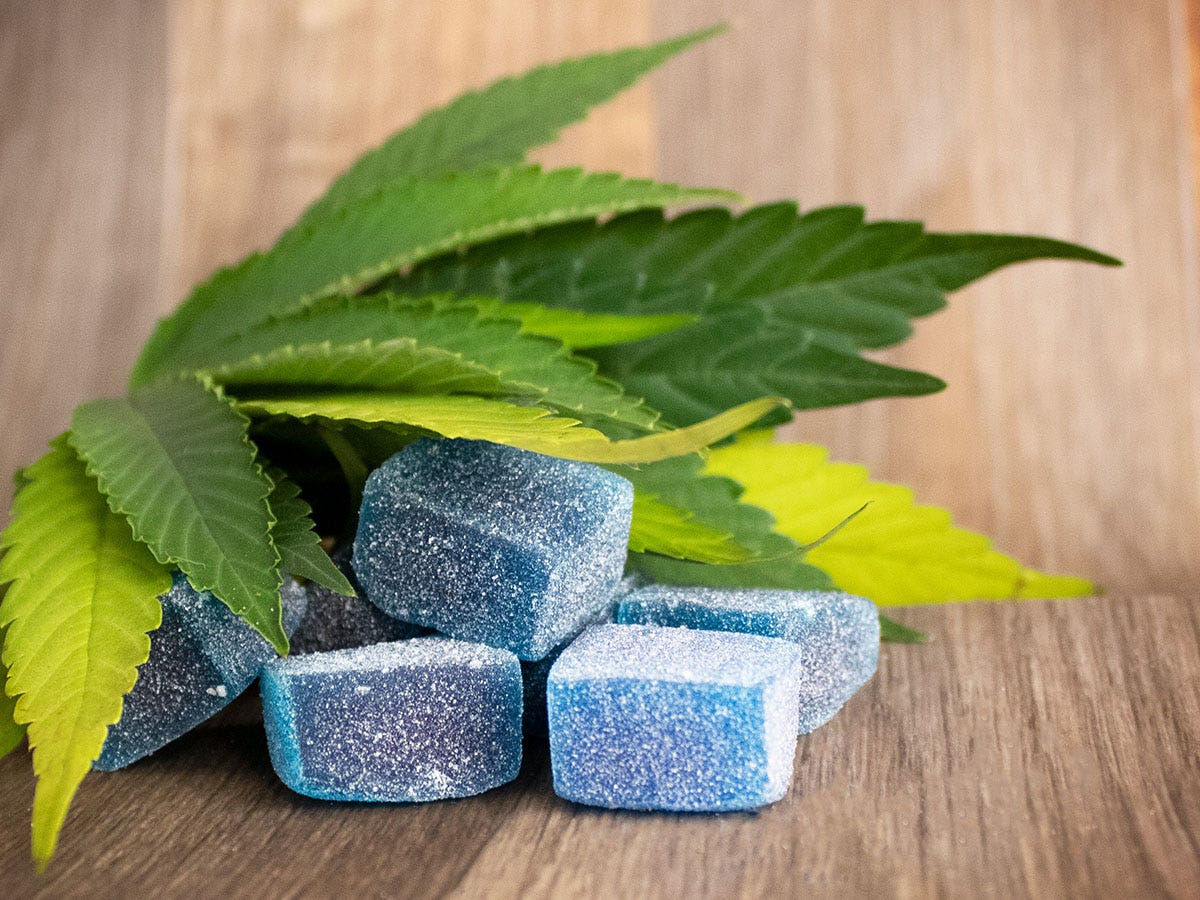


FAQs About CBC
As CBC continues to gain recognition for its unique benefits, many people are curious about how it compares to other plant compounds and how it can be used. Here are some of the most frequently asked questions:
Is CBC legal?
Like many other cannabinoids, the legality of CBC depends on state and local regulations. CBC may be allowed in states where recreational or medical cannabis is legal. But it’s always best to check your local laws or ask your favorite budtender.
What is CBC in gummies?
CBC marijuana is a non-psychotropic cannabinoid that is often added to edibles like gummies for its potential benefits, such as pain relief and mood enhancement.
Is CBC sativa or indica?
CBC isn’t sativa or indica dominant. Instead, it’s a cannabinoid found in the trichomes of all cannabis plants.
How is CBC different from CBD?
CBC and CBD share many therapeutic properties. However, the CBC cannabinoid may be more effective for improving your mood, while CBD is commonly used for its potential calming and anti-inflammatory effects.
What is CBC cannabinoid used for?
CBC is used to improve the entourage effect since it works alongside other cannabinoids like CBD and THC to increase the overall effects of cannabis.


Learn More About the CBC Cannabinoid
Though not as widely known as other cannabinoids, CBC holds promise for those looking to explore alternative therapies for pain, inflammation, and overall well-being. As cannabis science advances, CBC could be a powerful ally in your health routine. Chat with your budtender if you have more questions about CBC benefits or are looking for CBC-rich products to try.
Sources:
1. “What Is Cannabichromene (CBC)? Everything You Need to Know,” Leafwell, https://leafwell.com/blog/what-is-cannabichromene-cbc-cannabinoid
2. “Inhibitory effect of cannabichromene, a major non-psychotropic cannabinoid extracted from Cannabis sativa, on inflammation-induced hypermotility in mice,” National Library of Medicine, June 2012, https://www.ncbi.nlm.nih.gov/pmc/articles/PMC3417459/
3. “Minor Cannabinoids: Biosynthesis, Molecular Pharmacology and Potential Therapeutic Uses,” Frontiers, November 29, 2021, https://www.frontiersin.org/journals/pharmacology/articles/10.3389/fphar.2021.777804/full
4. “Cannabichromene: What Is CBC?” NuggMD, June 26, 2024, https://www.nuggmd.com/blog/cannabichromene-what-is-cbc
5. “Cannabis-Derived Compounds Cannabichromene and Δ9-Tetrahydrocannabinol Interact and Exhibit Cytotoxic Activity against Urothelial Cell Carcinoma Correlated with Inhibition of Cell Migration and Cytoskeleton Organization,” National Library of Medicine, January 17, 2021, https://www.ncbi.nlm.nih.gov/pmc/articles/PMC7830447/
6. “Inhibitory effect of cannabichromene, a major non-psychotropic cannabinoid extracted from Cannabis sativa, on inflammation-induced hypermotility in mice,” National Library of Medicine, June 2012, https://www.ncbi.nlm.nih.gov/pmc/articles/PMC3417459/
7. “In Vitro and In Vivo Anti-Inflammatory Potential of Cannabichromene Isolated from Hemp,” National Library of Medicine, December 2023, https://www.ncbi.nlm.nih.gov/pmc/articles/PMC10708362/
8. “The Potential of Cannabichromene (CBC) as a Therapeutic Agent,” National Library of Medicine, May 22, 2024, https://pubmed.ncbi.nlm.nih.gov/38777605/
9. “Nature’s antidepressant? Rare cannabinoid CBC boosts the brain’s ‘bliss’ molecule,” Leafly, February 7, 2024, https://www.leafly.com/news/strains-products/natures-antidepressant-rare-cannabinoid-cbc-boosts-the-brains-bliss-molecule#
10. “CBC vs CBD: Similarities and Differences,” Leafwell, https://leafwell.com/blog/cbc-vs-cbd
11. “CBG, CBC and CBN: What’s the difference, anyway?” CannaCurious, https://cannacuriousmag.com/cbg-cbc-and-cbn-whats-the-difference-anyway/


